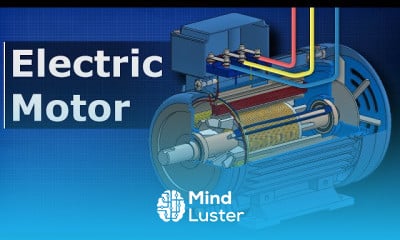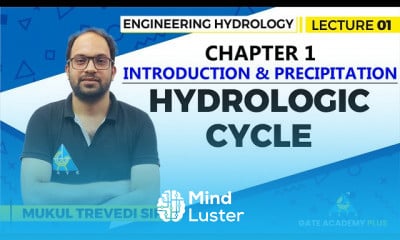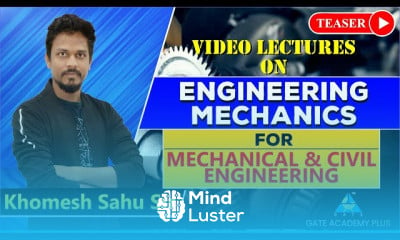Two Stroke Engine Vs Four Stroke Engine Difference Two Stroke Engine And Four Stroke Engine
Share your inquiries now with community members
Click Here
Sign up Now
Lesson extensions
Lessons List | 27
Lesson
Comments
Related Courses in Engineering
Course Description
Types of gear trains course,
in this course we will learn about the Types of Gear Trains, focusing on the fundamental principles, mechanics, and applications of various gear train configurations used in mechanical systems. Participants will explore the different types of gear trains, including simple gear trains, compound gear trains, reverted gear trains, planetary gear trains, epicyclic gear trains, differential gear trains, helical gear trains, bevel gear trains, and worm gear trains.
We will start by understanding the basics of gear trains, including how gears transmit motion and torque between shafts. The course will cover the design and operation of each type of gear train, highlighting their unique characteristics and advantages. Students will learn how to calculate gear ratios, analyze efficiency, and understand the specific applications where each gear train type is most effective.
Through practical examples and case studies, participants will gain hands-on experience in designing and selecting appropriate gear trains for various engineering applications, such as automotive systems, industrial machinery, and robotics. The course will also address common challenges in gear train design, such as minimizing noise and wear, and optimizing performance.
Trends
Graphic design tools for beginners
Web Design for Beginners
Advanced Logo design methods
Accounting Finance course
Best zoology books
Graphic Design Basics
Customizing type for logos
Logo Design
Accounting
UX design career in 2025
Accounting and Bookkeeping fundamentals
Figma mobile UI design essentials
Graphic Design | Photoshop
Web Design 101 Free Full Course
Web Design Using HTML CSS
Financial Accounting
Figma Signing Up and Signing In
Figma for UX UI design
Xcode UI design for beginners
Human Resources Management
Recent
Bioinformatics basics
Bioinformatics databases
Vitamin A to Z tablets
Best zoology books
Best cream for piles pain
Laser surgery for piles
Best cream for piles
Anal fissure treatment
Best antibiotics for diseases
Antibodies structure
Macrophage structure
Drosophila genetics
Diagnostic tests
Bioinformatics
Genetics
Gene therapy
Kidney structure
DNA replication and types
Bacterial cell structure
Parasite structure


















